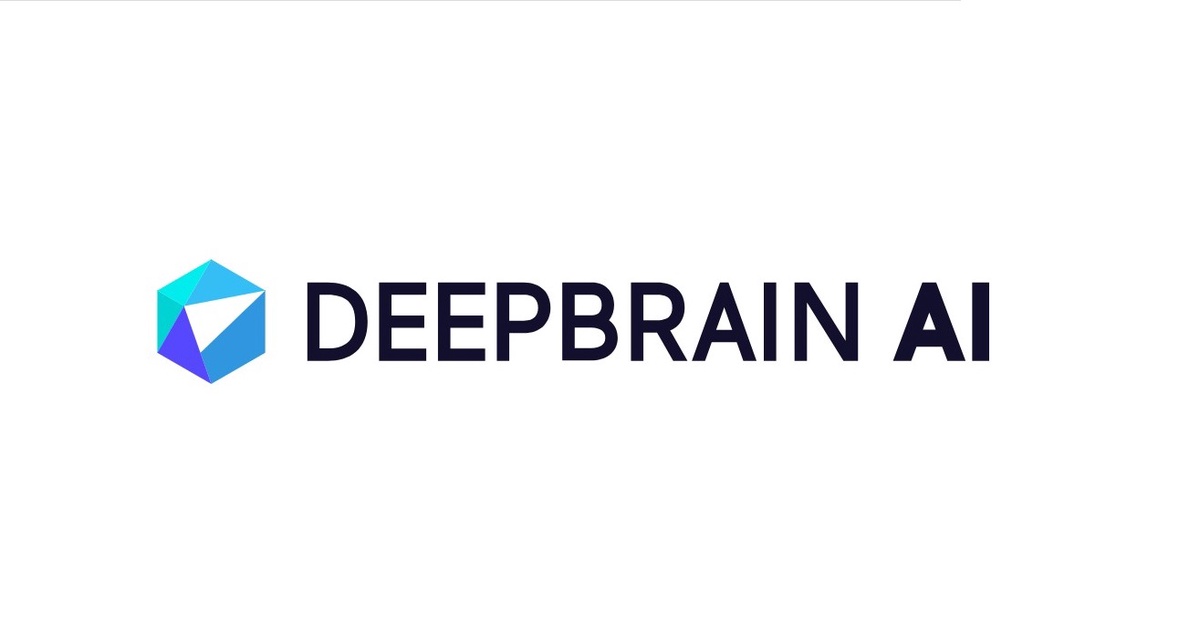AI technology continues to revolutionize various aspects of our lives, and one area where its impact is particularly remarkable is in the integration of text-to-speech (TTS) and video capabilities. The combination of these two powerful features has transformed the way we communicate and consume information. In this article, we delve into the topic of text-to-speech and video integration in AI technology and explore its significance.
Text-to-speech technology enables computers to convert written text into spoken words, mimicking human speech patterns and inflections. AI algorithms analyze the text and generate high-quality, natural-sounding audio output. This breakthrough has numerous applications, including accessibility for the visually impaired, audiobook production, language learning, and voice-enabled virtual assistants.
When text-to-speech technology is integrated with video, the possibilities for communication and engagement expand exponentially. The spoken words can be synchronized with video content, creating compelling and immersive experiences. This integration enhances storytelling, educational videos, training materials, and marketing campaigns by combining auditory and visual elements seamlessly.The benefits of text-to-speech and video integration in AI technology are manifold. First, it enables greater accessibility by providing audio representation for written content, making information more inclusive and available to a broader audience. Additionally, it enhances the effectiveness of video presentations by delivering information through multiple sensory channels, improving comprehension and retention. Furthermore, it saves time and resources by eliminating the need for manual voiceovers, allowing content creators to generate high-quality audio output quickly.
As AI technology advances, we can expect further improvements in text to video integration. Innovations such as personalized voices, emotion recognition, and language adaptation will contribute to even more engaging and tailored experiences.
In conclusion, the integration of text-to-speech and video capabilities in AI technology has transformed communication and information consumption. It empowers accessibility, enhances engagement, and streamlines content creation. This powerful combination is set to shape the future of communication, enabling more inclusive, immersive, and impactful experiences for individuals and businesses alike.


No comments yet